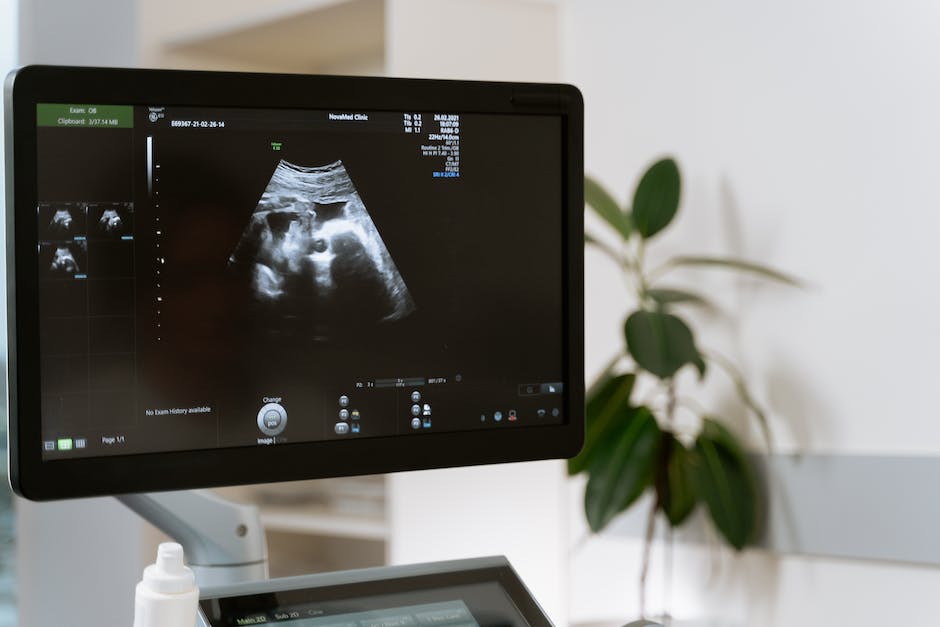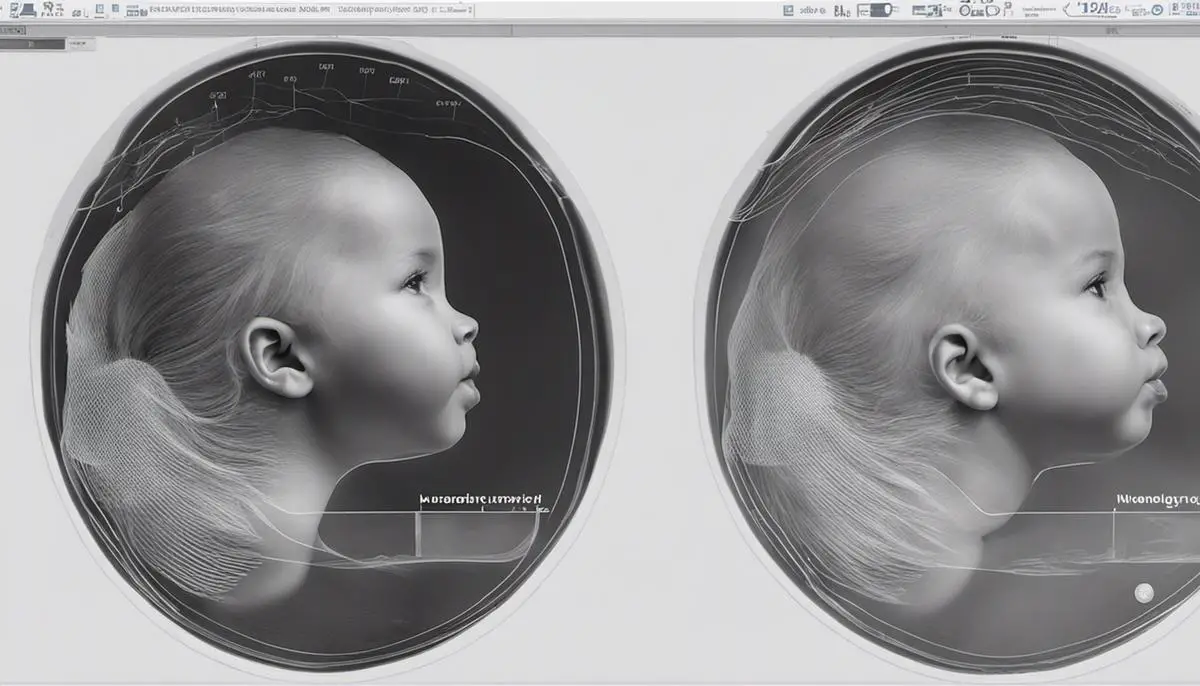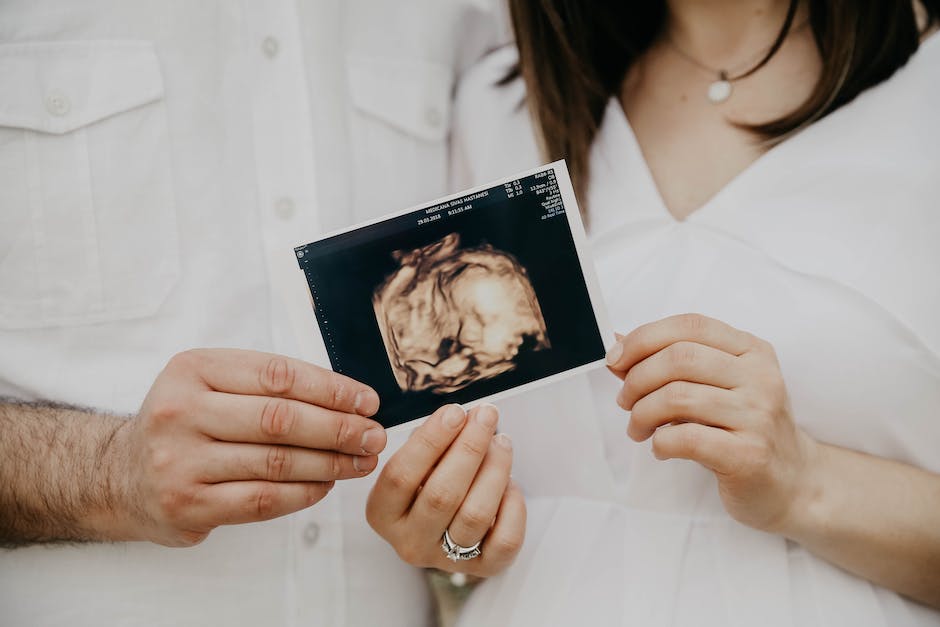Being an expectant parent can bring about a myriad of emotions from excitement to apprehension. Part of navigating this complex journey involves understanding various prenatal diagnostic tests available today, one of which is the Nuchal Translucency (NT) test. Often performed between the 11th and 14th week of pregnancy, the NT test has become an essential screening tool to gauge the possibility of chromosomal abnormalities in the fetus. However, many are often left wondering, what exactly is a NT test? How are the results interpreted? And most importantly, how accurate is it?
Understanding Nuchal Translucency Test
Understanding Nuchal Translucency Test
The nuchal translucency test, also known simply as NT test, is a screening procedure used during pregnancy, typically between the 11th and 14th weeks of gestation. This non-invasive ultrasound test measures the thickness of the nuchal translucency area—essentially the space in the tissue at the back of the baby’s neck. The primary purpose of this screening is to evaluate the probability of chromosomal abnormalities in the fetus, particularly Down syndrome (Trisomy 21), Edwards syndrome (Trisomy 18), and Patau syndrome (Trisomy 13).
Procedure of the Nuchal Translucency Test
The procedure for this test is relatively simple and painless. The sonographer, a specialist trained in ultrasound imaging, uses an ultrasound machine to project sound waves into the abdomen to create an image of the baby. A clear image of the nuchal translucency area is usually visible from around the end of the first trimester. The thickness of this area is significant because it often increases in instances where genetic disorders exist.
Accuracy of the Nuchal Translucency Test
As a screening test rather than a diagnostic one, the nuchal translucency test does not provide a definitive answer about chromosomal abnormalities. Instead, it gives an indication of the likelihood or risk. It has been found to be approximately 77% accurate in predicting Down syndrome when done together with blood tests.
It’s also worth noting that false-positive results, where the test incorrectly indicates a high risk of a disorder, are possible. False positive rates for this test vary, with some studies quoting a rate of around 5%. False negatives, where the test does not detect an abnormality that is present, also rarely occur.
Test results from nuchal translucency screening are usually combined with those from blood tests to give a more comprehensive risk estimate. For extremely high-risk results, further diagnostic tests such as amniocentesis or chorionic villus sampling may be recommended. These tests are more invasive but provide a definitive answer regarding the presence of chromosomal abnormalities.
A Gateway to Crucial Information
The accuracy of the nuchal translucency test may not be absolute, but it serves a pivotal role in dispensing essential information to expectant mothers and their families. This facilitates the ability to make educated choices about their pregnancy and the well-being of their unborn child. It is of utmost importance to discuss test results and any associated concerns with healthcare professionals, as they can offer deeper insights and steer any required follow-up procedures.

Interpreting the Results
Deciphering the Outcomes of a Nuchal Translucency Test
The nuchal translucency test, commonly referred to as the NT scan, is a form of ultrasound conducted during the initial phases of pregnancy, usually during weeks 11 to 14. This test appraises the opacity of a region in the tissue at the back of the developing baby’s neck. A reading that veers from the norm could indicate the likelihood of Down syndrome, another chromosomal abnormality, or potentially, a cardiac defect in the baby.
Accuracy and Margins of Error
The NT test primarily serves as a screening tool and not as a diagnostic tool. This means that while it can flag potential concerns, it doesn’t definitively diagnose conditions. According to the American Pregnancy Association, the nuchal translucency test, when performed alone, has a detection rate of about 70% for Down Syndrome with a false-positive rate of 5%.
However, when combined with blood tests in the first trimester, the detection rate significantly improves. For example, when the NT test is combined with a blood test known as the PAPP-A test, the detection rate can jump to 82%-87%. The margin of error exists because the nuchal translucency can also increase in normal pregnancies, leading to false positives.
Possible Outcomes and Next Steps
The results of the NT test are provided in terms of risk. For example, a result might indicate a 1 in 250 risk of Down syndrome, which represents a higher risk. But a result showing a risk of 1 in 1,000 or more is considered lower risk.
The results from a nuchal scan are never interpreted in isolation. If your results suggest a high risk, your healthcare provider will talk to you about the next steps. This often involves diagnostic tests like amniocentesis or chorionic villus sampling (CVS) which can provide more definitive answers. Remember, a high-risk result does not mean your baby definitely has a particular condition, it merely indicates an increased probability.
Comprehending the Significance of the Nuchal Translucency Test
Getting familiar with the relevance of the nuchal translucency test and its level of precision is crucial for making educated choices regarding your pregnancy and the wellbeing of your unborn child. Remember that your healthcare provider is always available to address any queries or worries you may possess concerning the procedure or its outcomes.

Examining the Accuracy
Delving Deeper into the Precision of the Nuchal Translucency Test
The Nuchal Translucency (NT) screening is a method predominantly used during pregnancy to determine the likelihood of the fetus having certain chromosomal disorders, such as Down syndrome (trisomy 21), Patau syndrome (trisomy 13), and Edwards syndrome (trisomy 18). The test employs an ultrasound to gauge the size of the transparent space in the tissue at the back of the baby’s neck as it matures. A measurement that deviates from the norm may suggest an increased likelihood of a genetic condition.
Factors Impacting Test Accuracy
It’s crucial to note that the accuracy of nuchal translucency tests can be influenced by various factors. For instance, the proficiency of the sonographer conducting the ultrasound plays a substantial role. Precise measurements need to be taken; if done incorrectly, this could lead to either a false positive or false negative result.
Timely testing is another significant determinant of test accuracy. The optimal period to perform an NT test is during the early part of the second trimester, typically between the 11th and 14th weeks of pregnancy. Studies indicate that tests conducted outside this timeframe may be less reliable.
Scientific and Medical Studies on NT Test Reliability
In examining the accuracy of nuchal translucency tests, a myriad of scientific and medical studies have been conducted, yielding significant insights. A review published in ‘American Journal of Obstetrics & Gynecology’ demonstrated that NT testing, when combined with maternal age and blood biochemical markers, achieves a sensitivity rate approximating 90% for Down syndrome.
Furthermore, a systematic review and meta-analysis of 41 studies published in ‘Ultrasound in Obstetrics & Gynecology’ concluded that NT testing alone can detect roughly 70-75% of Down syndrome cases. Yet, combined with other markers and maternal factors, its detection rate rises to around 85%.
Understanding the Limitations of the NT Test
The Nuchal Translucency (NT) test, while a promising method of detecting potential chromosomal abnormalities, is not without its limits. As a screening tool, the NT test essentially gauges the likelihood of the baby having a chromosomal condition, but can’t offer a definitive diagnosis. It’s possible to get both falsely positive and negative results.
This test’s limitations are reinforced by a study featured in ‘Prenatal Diagnosis’ which exposed that approximately 5% of higher-risk Down syndrome results via NT screening were false positives. This finding underlines the importance of further diagnostic tests, such as amniocentesis or chorionic villus sampling (CVS), following ‘high risk’ NT screening results.
Additionally, the NT test, while effective in identifying trisomies 13, 18, and 21, may overlook other chromosomal or genetic anomalies. Therefore, depending on the situation, doctors could suggest other testing methods to be done along with or in lieu of NT testing.

Alternative Screening Tests
Getting Acquainted with the Nuchal Translucency Test
The Nuchal Translucency (NT) test is a form of prenatal screening that typically takes place between the 11th and 14th weeks of pregnancy. It gauges the size of the fluid-filled region at the back of the baby’s neck, known as the nuchal fold. An overly thick nuchal fold can implicate an increased chance of having certain chromosomal conditions such as Down syndrome and trisomy 18, as well as some heart defects. Paired with blood tests, the NT screening can spot about 82-87% of Down syndrome cases.
Accuracy of the Nuchal Translucency Test
While the nuchal translucency test is considered a relatively reliable screening tool, it is important to note that it is not 100% accurate. As it is a screening test rather than a diagnostic test, it cannot definitively diagnose any conditions, but rather identifies risks. False positive rates can range from 5% to 10%, which means some pregnancies will be identified as high risk when in fact, the fetus is healthy. Conversely, false negatives can also occur, where a fetus is identified as low risk but does have a chromosomal abnormality.
Cell-Free DNA Screening
Cell-free DNA screening, also known as noninvasive prenatal testing (NIPT), is an alternative screening test. It detects fetal DNA in the mother’s blood to screen for Down syndrome, trisomy 18, trisomy 13, and other chromosomal abnormalities. The NIPT is often considered more accurate than the nuchal translucency test, with a detection rate of 99% for Down syndrome, along with a lower false positive rate. However, it cannot detect all types of genetic disorders and is typically more expensive. NIPT is often recommended for women who have a higher risk of having a baby with chromosomal disorders, such as those over the age of 35 or with a family history of genetic conditions.
Chorionic Villus Sampling and Amniocentesis
Chorionic villus sampling (CVS) and amniocentesis are diagnostic tests that can be performed if initial screenings indicate a high risk of chromosomal abnormalities.
CVS involves taking a small sample of cells from the placenta and can be performed between the 10th and 13th week of pregnancy. It can detect genetic disorders such as Down syndrome and other chromosome abnormalities.
Amniocentesis involves taking a sample of amniotic fluid and can be done between the 15th and 20th week of pregnancy. It’s known for its high level of accuracy, with a 98%-99% detection rate for Down syndrome. However, both of these tests carry a small risk of miscarriage and other complications.
Considering the Alternatives
The decision of which prenatal screening test to choose involves considering various factors, such as the risk of the test, its accuracy, the types of conditions it can detect, and the gestational age when it can be performed. In addition, cost and insurance coverage may also be important considerations. It’s crucial to discuss these factors and any concerns you may have with your healthcare provider to make the most informed decision.

While the nuchal translucency test stands as a widely used prenatal screening method, it is vital for expectant parents to remember that it isn’t foolproof. Factors such as timing, sonographer skills, and individual maternal factors can influence the accuracy. Furthermore, alternative tests can be considered to gather more comprehensive insights about the baby’s genetic health. Ultimately, understanding these prenatal tests and their implications is not just crucial for expecting parents, but it also demystifies the medical jargon, making it easier to engage in informed conversations with healthcare professionals.
